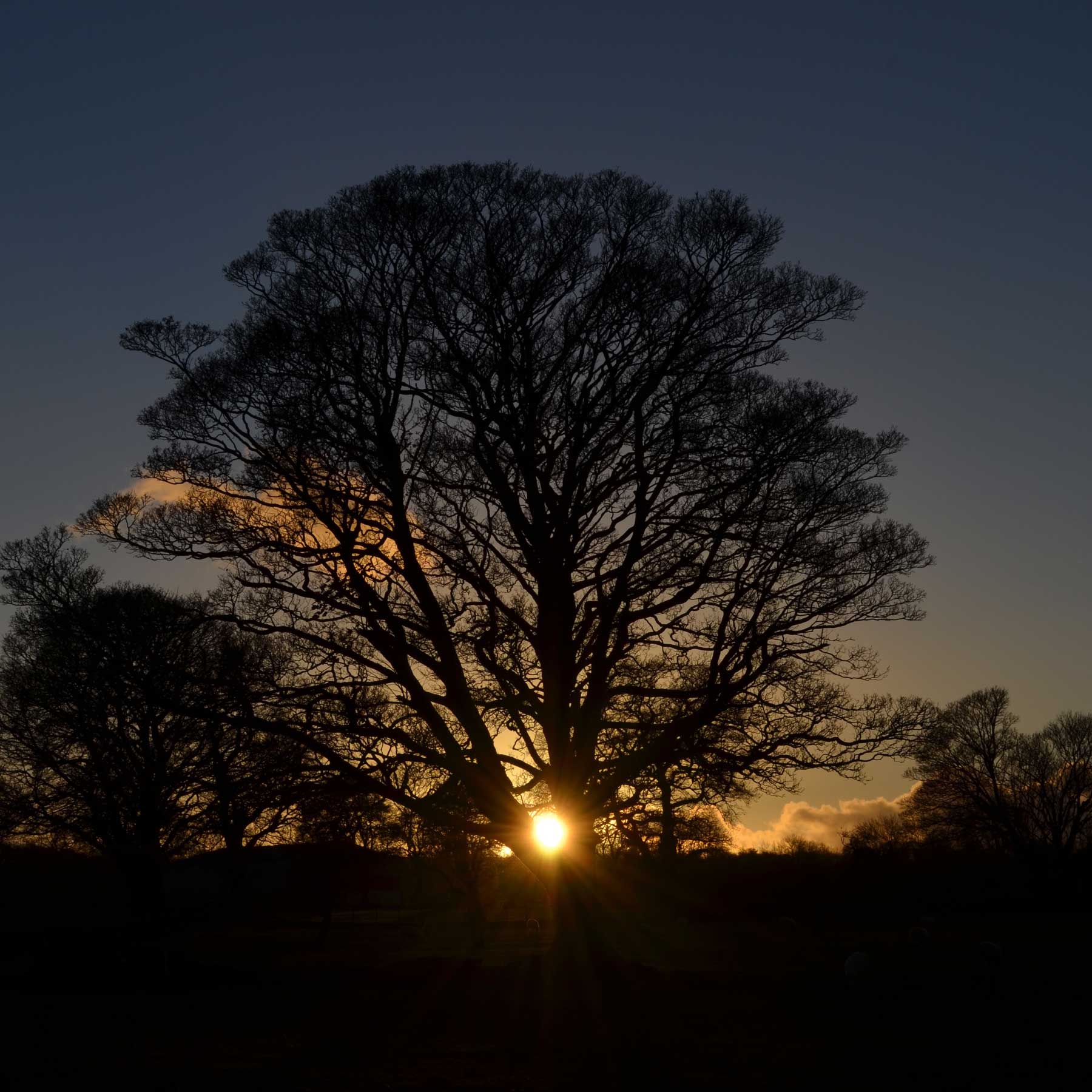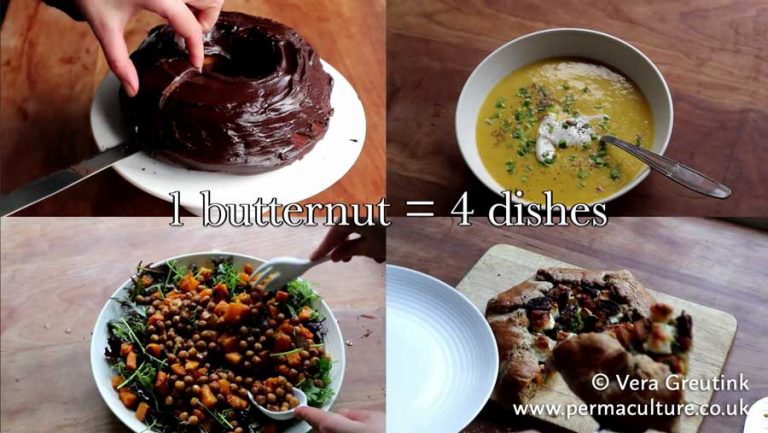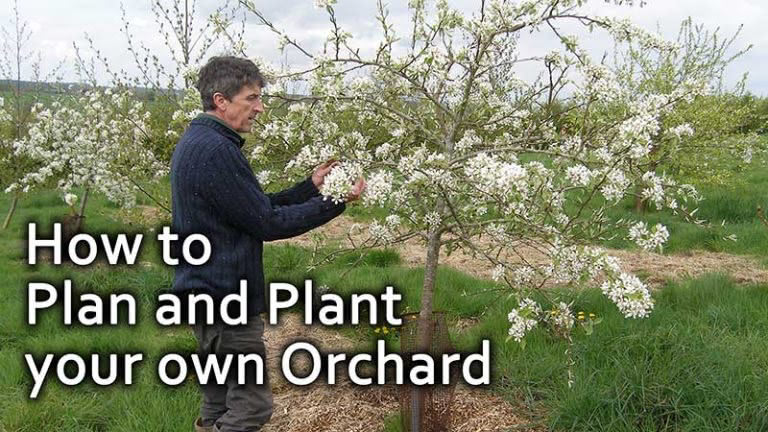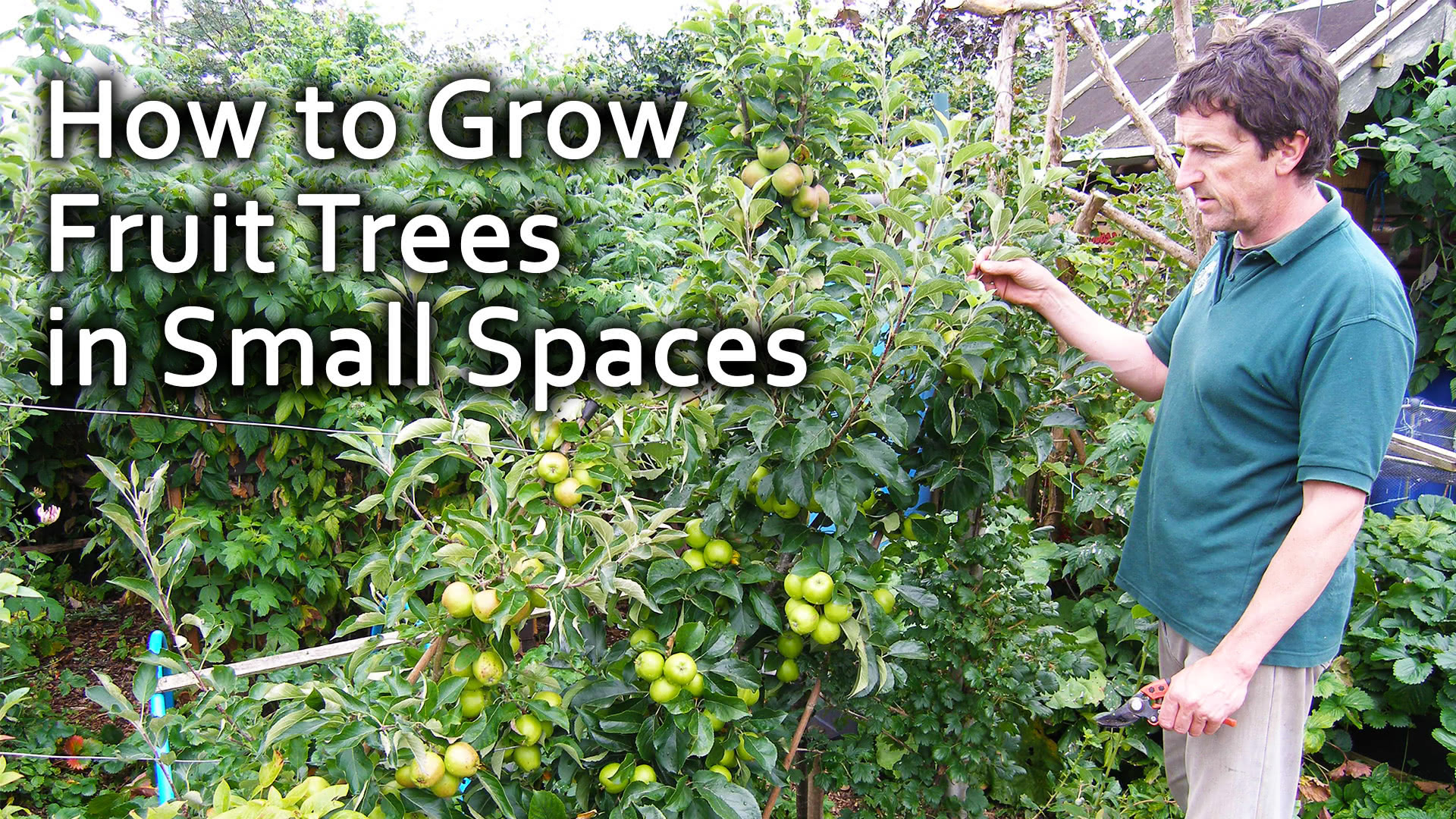I was really pleased to be asked to review Vital Skincare by Laura Pardoe. It’s not actually a title I’d personally pick up by choice, though I’m always keen to expand my knowledge. Although I love to learn about and use plants in different areas of my life, the only connection I’ve really had with the care of the largest organ of the human body, has been through a medical perspective in my work as a nurse.
To me, at its core, Vital Skincare is about creating our own skincare products, enabling us to move away from commercially available ones, many of which, alongside their packaging, have been found to be harmful both to the environment and our human health. Connecting skincare choices, routines and rituals to patterns in nature is also central to this work.
Laura lives and works in England, and much of the information she shares with us about plants and cycles in nature are Northern Europe based. However lots of her ideas will also adapt well to other bioregions.
Vital Skincare is a mix of science, history, creativity, spiritual and cultural connections awareness, and also an instruction manual. In over 200 pages, Laura shares her extensive wisdom through a stunning mix of accessible text, photos, quotes, tables and lists. As someone who currently has reduced cognitive functioning through illness, I was really pleased that this mix of creative presentation enabled me to connect with the contents easily and enjoyably.
The book is divided into five different sections: Part 1, physiology and functions of our skin. Why looking after our skin is beneficial to us. Part 2, the history of skincare products. Societal attitudes towards skin and its care. Part 3, many diverse recipes (and ingredients). Part 4, how to make the recipes (methods/techniques). Part 5, more detailed focus on seed oils, flowers and herbs, skincare rituals and local foraging for plants (my favourite chapter). There’s also further ‘how to’ instructions for using these foraged plants in homemade products. Each section has its own clear summary, followed by several detailed chapters.
It is perhaps inevitable that there are some aspects of a book about beauty and skincare – albeit making your own far healthier, cheaper products – that are challenging to me as a permaculture practitioner. An alarming number of people in the world are living in absolute poverty where basic human rights of enough food to eat and safe shelter are not being achieved. To those millions of people, obtaining enough food of whatever quality, and having a living space that is safe, is ‘vital’, and skincare in that context clearly is not. We need to be mindful of the privilege implicit in natural skincare and aware of those who may not, due to poverty, illness, disability, and other reasons for exclusion, have access to this form of health. I would love to see Laura writing further about privilege and access to healthy skincare, perhaps in a future book or a post on her blog?
Whilst acknowledging this limitation in Vital Skincare, I do recommend Laura’s book as a great resource for people who are interested in learning more about the skin. And then the knowledge about how plants can help us to promote skin health, followed by clear ideas and instructions about how to put this into practice. In my opinion, the aesthetic beauty of this book means it will also make a really lovely gift. Laura’s work fully embraces the permaculture ethics of Earth Care and People Care. Getting immersed in this new, very beautiful and comprehensive resource has been very effective in widening and deepening my knowledge ‘edge’ around how we care for our skin. And I’m now feeling inspired to start putting some of this into practice in my life.
Kt Shepherd is a permaculture educator, artist and no dig gardener. She also writes for Permaculture magazine.











